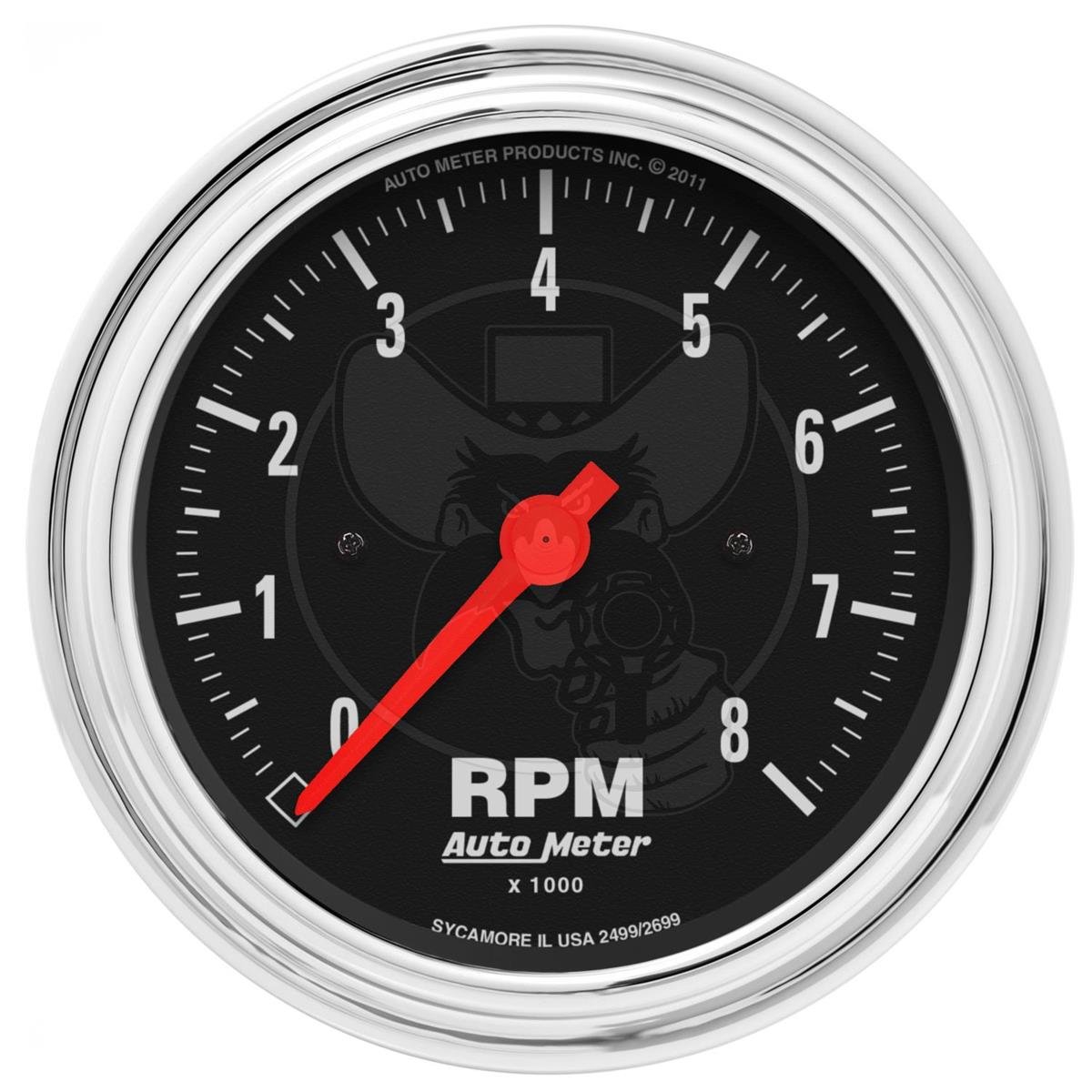Expert Tips for Keeping and Calibrating Your Tachometer
The Significance of a Tachometer in Monitoring Engine Rate and Performance in Automotive Applications
In the world of automotive engineering, the tachometer stands as an essential instrument in the motorist's arsenal, supplying a direct home window into the internal workings of an automobile's engine. Past its feature as a mere scale of revolutions per minute (RPM), the tachometer acts as an essential tool for lovers and specialists alike, using real-time understandings into engine efficiency and health. Understanding the importance of this device surpasses surface-level observations, delving right into the intricate partnership between engine speed, power outcome, and total driving experience. As we discover the complex duty of the tachometer in auto applications, a much deeper recognition for its effect on lorry characteristics and performance starts to emerge.
Significance of Checking Engine RPM
Keeping track of engine RPM, or changes per minute, is a crucial aspect of automobile upkeep and efficiency analysis. Engine RPM directly correlates with the rate at which the engine's crankshaft turns, indicating exactly how promptly the engine is running - tachometer. By keeping an eye on RPM, auto mechanics can evaluate the health and wellness of the engine, discover possible issues, and fine-tune performance. An uncommon RPM analysis may indicate troubles such as engine misfires, defective trigger plugs, or concerns with the fuel shipment system. Constantly high RPM readings can suggest hostile driving behaviors or the need for a higher gear change to boost fuel performance.
In addition, keeping an eye on engine RPM is necessary for efficiency examination in racing and high-performance automobiles. Maintaining optimum RPM degrees is essential for attaining peak power outcome and velocity. Racers commonly use tachometers to guarantee they are running within the perfect RPM variety for optimum performance. In recap, keeping an eye on engine RPM is not only important for identifying concerns yet likewise for maximizing engine performance in various automobile applications.

Advantages of Real-Time Data
In auto applications, real-time data plays an essential duty in offering immediate insights into the efficiency and problem of the lorry. By continuously monitoring numerous specifications such as engine rate, temperature, gas usage, and much more, real-time information supplies various benefits that add to improved performance and safety on the road.
One considerable benefit of real-time data is its capacity to alert motorists and specialists to any kind of abnormalities or problems immediately. This proactive technique enables quick identification of possible problems, permitting prompt interventions to protect against further damages or malfunctions. In addition, real-time information helps with efficiency optimization by providing prompt comments on driving behaviors and engine basics effectiveness. Vehicle drivers can change their behavior in real-time based upon this details to attain much better fuel economic situation and prolong the life-span of their automobile.

Moreover, real-time information plays a vital function in contemporary auto diagnostics, allowing professionals to swiftly identify and attend to malfunctions. This causes reduced downtime, reduced maintenance costs, and eventually, boosted overall lorry integrity and long life (tachometer). By utilizing the power of real-time information, automobile stakeholders can make informed decisions that positively influence both the performance and longevity of the vehicle
Influence On Equipment Shifts
Efficient equipment changes in automotive applications significantly affect overall performance and driving experience. The tachometer plays an essential role in optimizing gear changes by providing real-time engine rate data to the driver. When coming close to the redline on the tachometer, it signifies the driver to upshift to prevent over-revving the engine and causing prospective damage. On the other hand, downshifting at the appropriate moment can aid maintain the engine in its power band, making certain responsive acceleration when required.
Additionally, the tachometer aids in achieving smoother gear changes, especially in hands-on transmissions. By checking engine rate, motorists can carry out gear shifts at the optimal RPM array, lowering jerking activities and minimizing endure the transmission components. This accuracy on duty adjustments not only improves driving comfort however discover this info here additionally adds to fuel performance.
Enhancing Gas Effectiveness
Given the crucial function the tachometer plays in enhancing gear shifts for efficiency and engine health, it directly adds to making the most of fuel efficiency in auto applications. By providing real-time responses on engine rate, the tachometer aids vehicle drivers in preserving the most efficient RPM range for gas economic situation. When chauffeurs continually keep an eye on the tachometer and readjust their driving habits appropriately, they can stay clear of unnecessary fuel intake triggered by over-revving or hauling the engine.
Furthermore, the tachometer aids drivers recognize the most fuel-efficient gear to be in at any given minute, protecting against the engine from working more challenging than necessary. In verdict, the tachometer offers as a beneficial tool in improving gas efficiency by promoting ideal driving behaviors and determining areas for enhancement in the car's efficiency.

Making Best Use Of Engine Long Life
The tachometer's duty in checking engine speed and efficiency is crucial in guaranteeing the longevity of automobile engines. Keeping an eye on the tachometer enables motorists to stay within the advised RPM variety for their automobile, avoiding unnecessary strain on the engine and extending its lifespan.

Conclusion
In verdict, the tachometer plays a vital news function in checking engine rate and efficiency in auto applications. By offering real-time information on RPM, it permits for effective equipment changes, enhanced gas efficiency, and made the most of engine longevity. This device is crucial for preserving optimum engine performance and ensuring the general performance of a car.